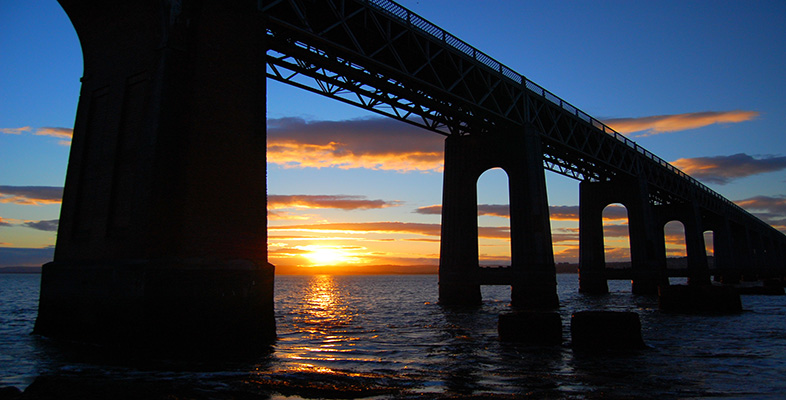5.6 Casting defects
The first class of defect would have been inferred from examination of fractures in the cast-iron columns, where, for example, the wall thickness would be exposed for measurement. However, some of the casting defects he mentioned in his testimony – and which were to gain some notoriety both in the popular press accounts of the enquiry and in later accounts – are difficult to describe in detail because he did not specify where they were found in the debris, or how exactly they had contributed to the failure of the bridge.
At this distance in time from the events, there is also the problem of finding the exhibits used before the enquiry, and they appear to be no longer available for modern inspection. So the ‘cold shuts’ at or near the lugs he mentioned cannot be examined directly – cold shuts were formed where the molten metal met around a hole, and could clearly weaken the lugs. But he does not specify how many there were or what lugs were affected.
Similar comments apply to burnt-in lugs – referring to when a lug broke at the Wormit foundry and the lug was re-attached to the column using heat. That allegation was vehemently denied by the foundry workers, who said all such faulty castings were scrapped and melted down for recycling – over 200 were apparently scrapped in this way. There is little evidence from the photographs of the lugs to be able to identify either kind of defect.
Similar comments apply to many of the other defects of casting related by Mr Law. Much was made at the enquiry of beaumont's egg (or beaumontague), a filler made from resin and iron filings used to hide blowholes visible on the outside of the columns. Foundry workers admitted it was used occasionally, but there is little evidence in the surviving photographs of its widespread use.
Longitudinal ribs, formed by slight movements of the casting boxes are visible in some of the pictures, such as that on the large column seen in Figure 25 for example (the right-hand side of the column). Cracks in existing columns are clearly serious defects, but were reinforced with wrought iron hoops when found and only one was actually found in the high girders (Table 5).
| Casting defects | Number | Where found | Reference | |
|---|---|---|---|---|
| 1 | column wall thickness variations | 2 | P6T?C6, P5T?C4 | 14,169 |
| 2 | cold shuts, with poor fusion around the lug hole | 1 or 2 | ? | 12,599 |
| 3 | burnt-in lugs | possible where lug break extends to column | ? | 14,187 |
| 4 | blow holes from gas bubbles often filled with rosin and iron filings (beaumont's egg) | very extensive | e.g. P28, T?C3 | 12,599 |
| 5 | longitudinal ribs on column walls where moulds not mating correctly | many columns | e.g. P4 | 12,590 |
| 6 | longitudinal cracks on columns | 4 | P73, P76, P10 | 12,923 11,656 |
| 7 | slag inclusions | very extensive | ? | 12,599 12,604 |
| 8 | ‘sluggish’ metal | all (?) | – | 12,602 |
| 9 | flanges not flat, so column joints poorly formed | most columns | – | 12,577 |
